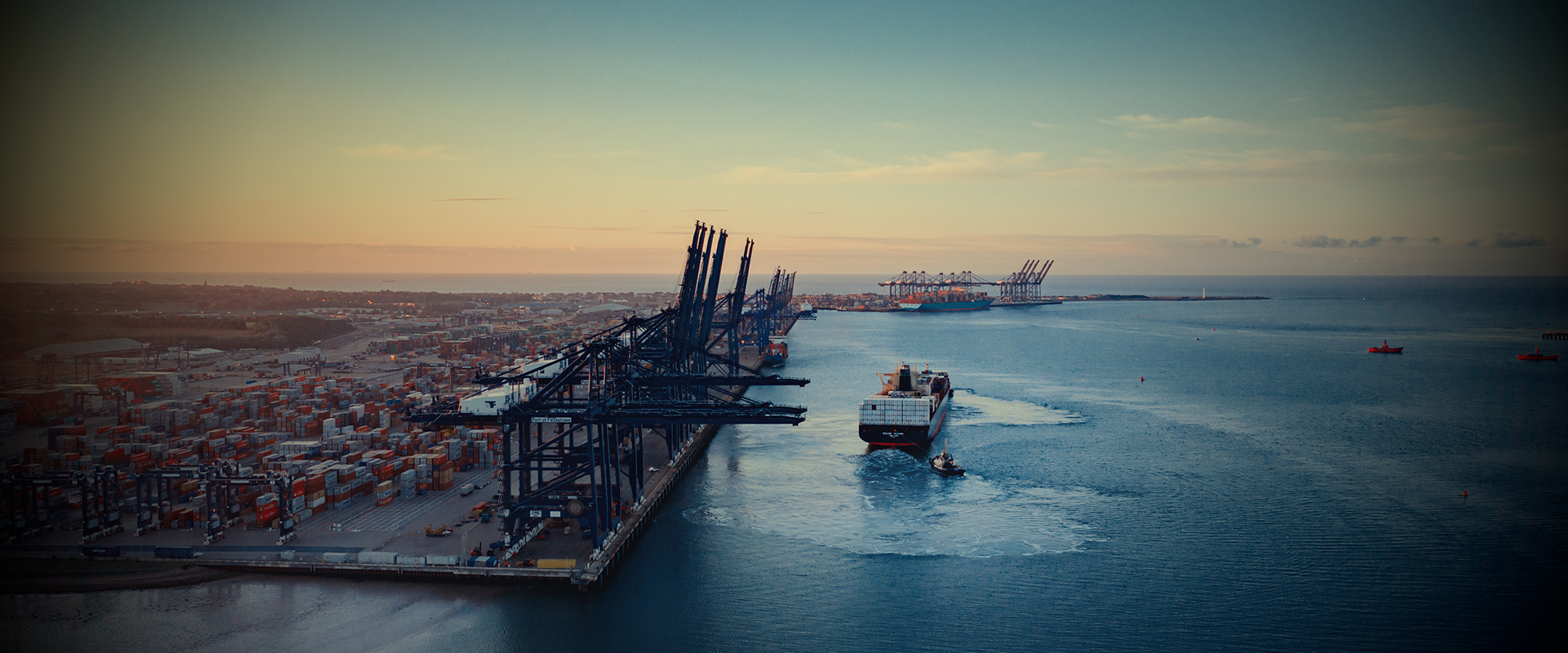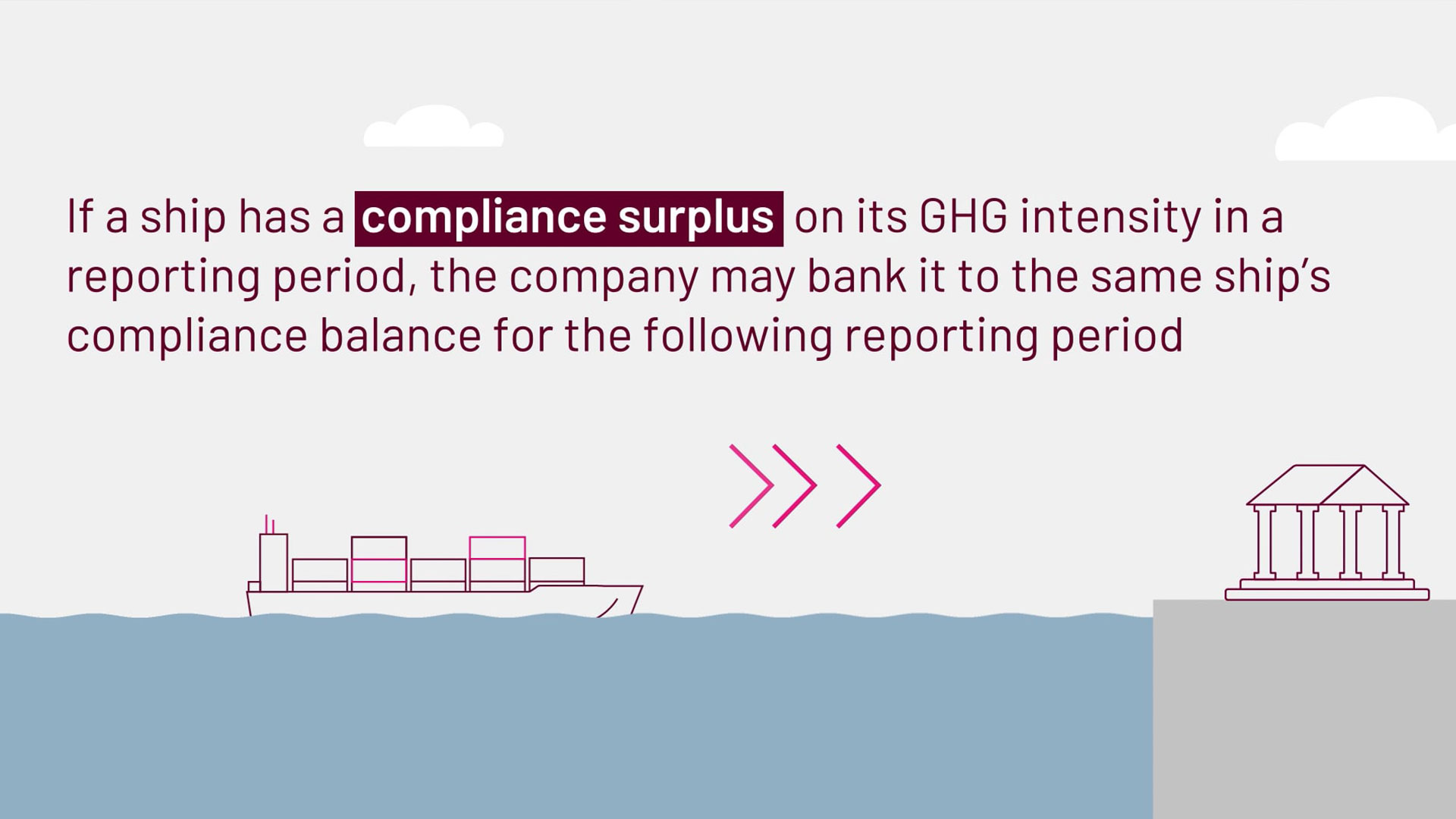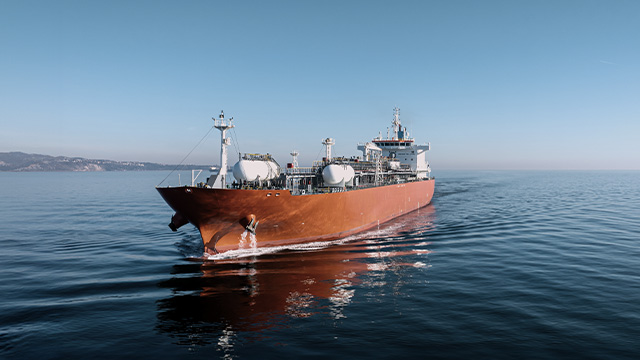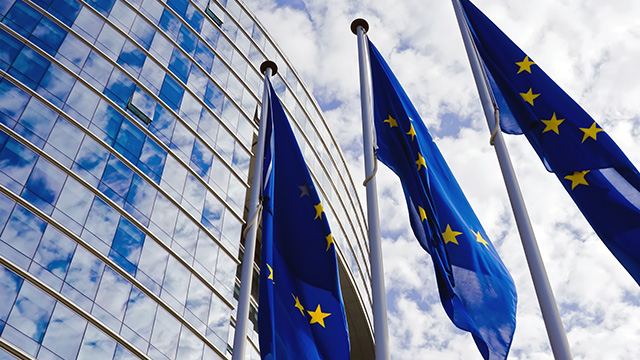To help operators comply with the requirements stated in the regulation, the FuelEU Maritime offers flexibility through banking, borrowing and pooling mechanisms.
Through the banking and borrowing mechanisms in the FuelEU Maritime regulation, shipping companies can bank compliance surplus for, or borrow from the subsequent period, to offset deficits.
What this means is, that if a ship has a compliance surplus on its GHG intensity in a reporting period, the company may bank it to the same ship’s compliance balance for the following reporting period.
On the other hand, if a ship has a compliance deficit on its GHG intensity in a reporting period, the company can borrow an advance compliance surplus of the corresponding amount from the following period.
However, the advance compliance surplus cannot not be borrowed for an amount exceeding more than 2% of the limit multiplied by the ship’s energy consumption. In addition, the advance compliance surplus may not be borrowed for two consecutive periods.
The operator of the ship will have to pay a penalty if a ship that has borrowed an advance compliance surplus is not compliant in the following reporting period.








